ARTICLE. Redondo L, Puigoriol E, Rodríguez JR, Peris P, Kanterewicz E. Rev Clin Esp. 2018 Jan 9. pii: S0014-2565(17)30294-1. doi: 10.1016/j.rce.2017.12.005.
Abstract.
The Trabecular Bone Score (TBS) is a new imaging method that has been used to describe trabecular microarchitecture. Preliminary results suggest that TBS along with the assessment of bone mineral density (BMD) may improve the evaluation of fracture risk. The aim of our study was to analyze TBS values in a cohort of postmenopausal women and their relationship with the clinical characteristics, BMD values and a history of fractures in this population group.
We studied 2,257 postmenopausal women from the FRODOS cohort created to determine risk factors for osteoporotic fractures using a baseline clinical questionnaire. Bone densitometry and vertebral morphometry assessment were available for all the participants. TBS was applied to the BMD images (TBS values ≤1.230) were considered indicative of degraded microarchitecture). Simple and multiple linear regression analyses were performed.
The mean TBS value was 1.203 ± 0.121. Fifty-five percent of the participants showed degraded microarchitecture values. In the multivariate analysis, the factors associated with TBS were: age, weight, height, lumbar spine T-score, concomitant glucocorticoid treatment, type 2 diabetes and history of fragility fracture.
The TBS showed degraded microarchitecture values in the FRODOS cohort. This was associated with the anthropometric factors, low BMD values, the presence of fractures, and a history of type 2 diabetes and/or the use of glucocorticoids.


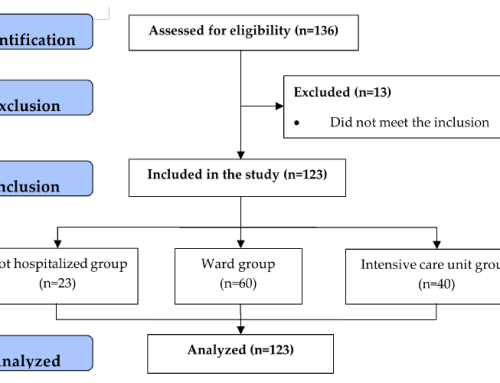
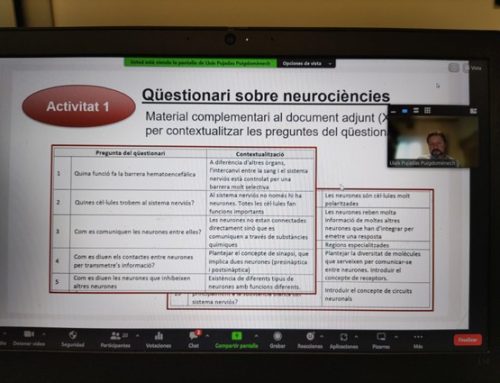
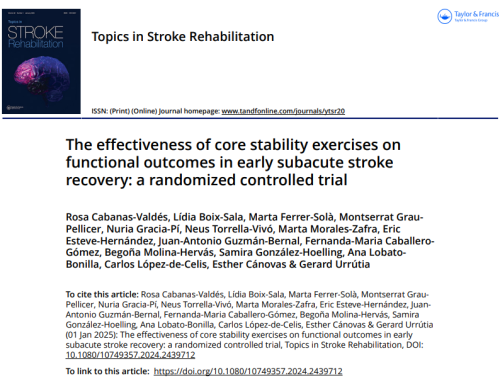





Leave a Reply